Inside Out: The Decoding of Emotions
Inside Out: The Decoding of Emotions

Written By: Shaundtrya Ganasan, Licensed Counselor (KB11097)
Inside Out 2 is going to get it’s grand release after the huge success of it’s part 1.
Pss: Are you excited for the new emotions like "anxiety" and "embarrassment"?
I am quite sure we all can relate to these emotions due to our past experiences.
‘Inside Out’ Part 1 has taken a huge place in many of our hearts as they were so relatable to our daily lives and how we perceive our emotions. Watching part 1 just made us feel how our very own internal emotional system works.
Some of us may wonder how could an animated film make such an impact?
Let us delve deeper into the underlying messages that ‘Inside Out' Part 1 has for us before proceeding into the journey Inside Out Part 2 has in store for us.
For those who have decoded their hidden messages, let us refresh your memory on the core ideas behind ‘Inside Out’ Part 1.
Spoilers Alert!!!
Sadness is an unnecessary emotion!
Push away sadness, let's be positive!
Does these statements resonate with you?
Then Pixar’s “Inside Out” movie is definitely for you.
This movie revolves around 11-year-old Riley and how the world changes upon moving into a new town. It explores two parallel worlds; Riley's internal and external world. The internal world consists of 5 major emotions that help Riley to navigate through life; joy, sadness, anger, disgust and fear. While the outer world represented the real world. It is undeniable that this movie has made people to look deep beneath their selves.
Reminder: If you or your loved ones are struggling with mental health conditions, please don't hesitate to reach out to us at Soul Mechanics KD or Soul Mechanics Ipoh. Remember, seeking help is not a sign of weakness but strength!
Before getting to the life lessons, let us first dive into Riley’s emotions.
Riley’s Emotions
Joy
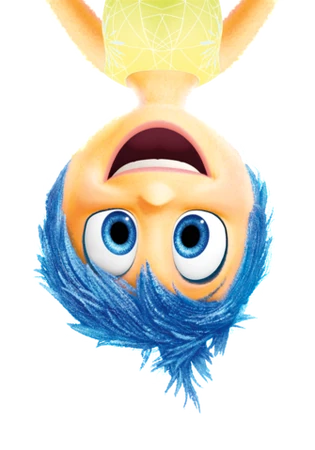
Joy focuses on positivity and would do anything for Riley’s happiness. Hence, unknowingly she suppressed Riley from experiencing other vital emotions.
Sadness
Sadness, a character that is often not understood and underjudges. But this was the character that actually made Riley feel better by feeling her emotions rather than suppressing the emotions with positivity.
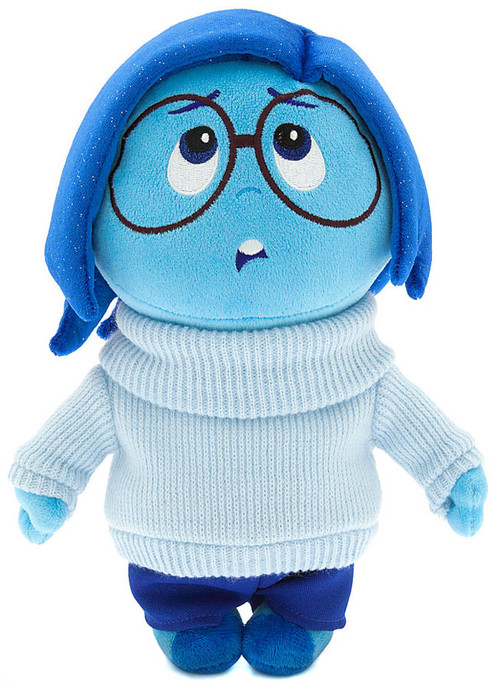
Anger

Anger, a reactive character that pledges to ensure things are fair for Riley. He reacts to the smallest inconvenience and literally explodes when things don't go as planned.
Fear
Fear aims to keep Riley safe and protected as this character is always alert by evaluating risks and is on the constant lookout for potential dangers that may cause harm to Riley.
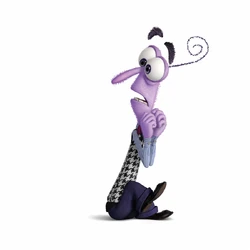
Disgust
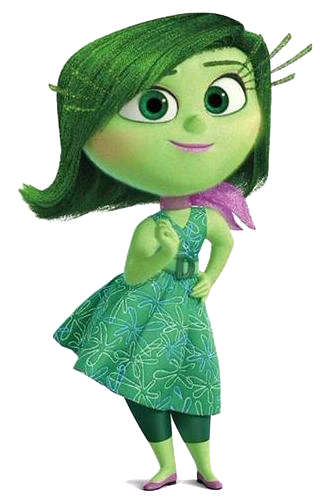
Disgust is extremely honest and has the best intentions toward Riley. She always looks out for Riley ensuring that Riley is not poisoned both physically and socially.
Life Lessons that “Inside Out” Teaches
Embrace All Emotions
Like many of us, Joy had a similar question; “Why does sadness exist?”. But the movie shows that every emotion, be it positive or negative, has a crucial role in our lives. All these emotions; joy, sadness, anger, fear, and disgust - play a huge role in Riley’s emotional development. This also navigates her through complex life situations. Each of these emotions also provides Riley and our audience with different perspectives and insights into different life experiences. For instance, while Joy takes up the role of keeping Riley happy, Sadness provides her with depth and empathy. Embracing all our emotions paves us towards living a more balanced emotional life.
It’s Okay to Be Sad
The movie also portrays that sadness is a natural and crucial emotion; not something to be pushed away or abandoned. Whenever Riley experiences overwhelming feelings due to her family’s move, Sadness takes up the critical role of assisting her to process her emotions and seek comfort. “Inside Out” highlights that expressing sadness-related emotions can lead us to feel relief and get support from others, rather than isolating ourselves. By embracing Sadness, Riley ultimately receives the support she needs from her parents. This teaches us, the audience that it is okay to be vulnerable and express your true feelings.
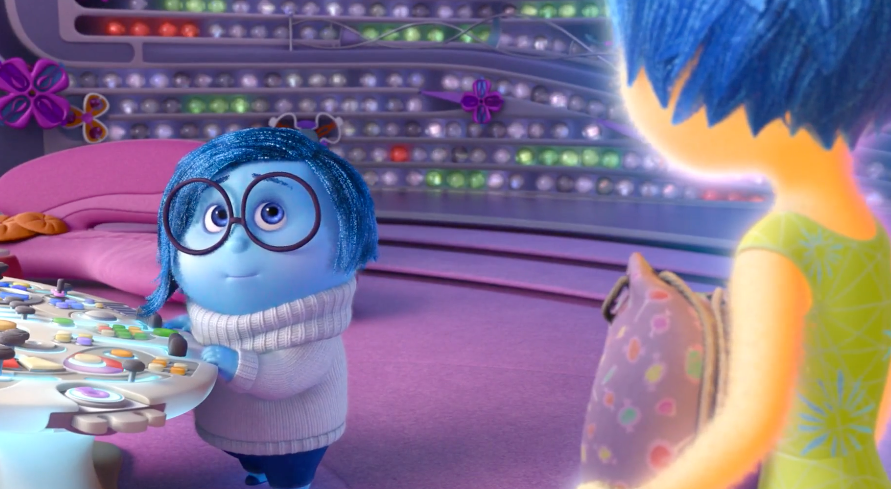
Reminder: If you or your loved ones are struggling with mental health conditions, please don't hesitate to reach out to us at Soul Mechanics KD or Soul Mechanics Ipoh. Remember, seeking help is not a sign of weakness but strength!
Emotional Balance is the Key
The movie also portrays the importance of balancing different emotions. Balancing them is the heart of creating healthier mental well-being. For instance, Joy initially tries to leave out and suppress Sadness, believing that Joy is the most important emotion Riley needs for her well-being. However, as the story continues, it becomes more evident that each emotion, especially Sadness have its own place and role in Riley’s happiness and overall mental health. The collaborative interactions from these emotions help Riley to cope with her life challenges more effectively. Thus, balancing emotions allows us to express and manage them healthily; one single emotion dominating others would make our emotional landscape imbalanced.
The Role of the Subconscious
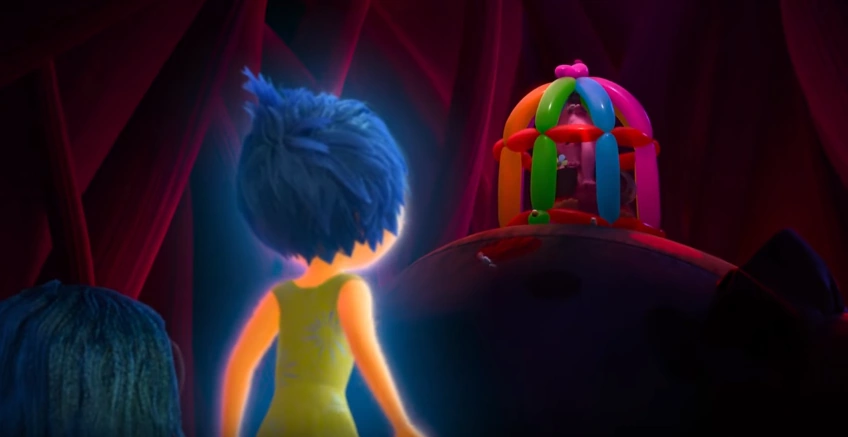
The film delves into Riley’s inner world, exploring her subconscious; a place where deep-rooted fears and memories reside. This illustration emphasizes that our subconscious mind plays a crucial role in shaping our present conscious actions and thoughts. For instance, Riley’s fear of clowns and other fears manifest in this unknown, hidden part of her mind. Acknowledging and exploring the subconscious helps us to recognize and work on our deep pain and fears which may have been rooted from our childhood; fostering healthier coping strategies and emotional reactions.
Nurture Your Inner Child
“Inside Out” depicts the importance of maintaining and treasuring our connection with our inner child throughout our life journey. ‘Bing Bong’ signifies the imaginative, innocent, mischievous and playful aspects of Riley’s younger self. These aspects begin to gradually fade as she grows. The movie gives us a strong message to nurture our inner child every now and then. Inner child helps us to stay connected to the abstract side of us like creativity, imagination, humour, sense of wonder, and enjoying little joys. This connection provides us with comfort and emotional resilience during tough times.
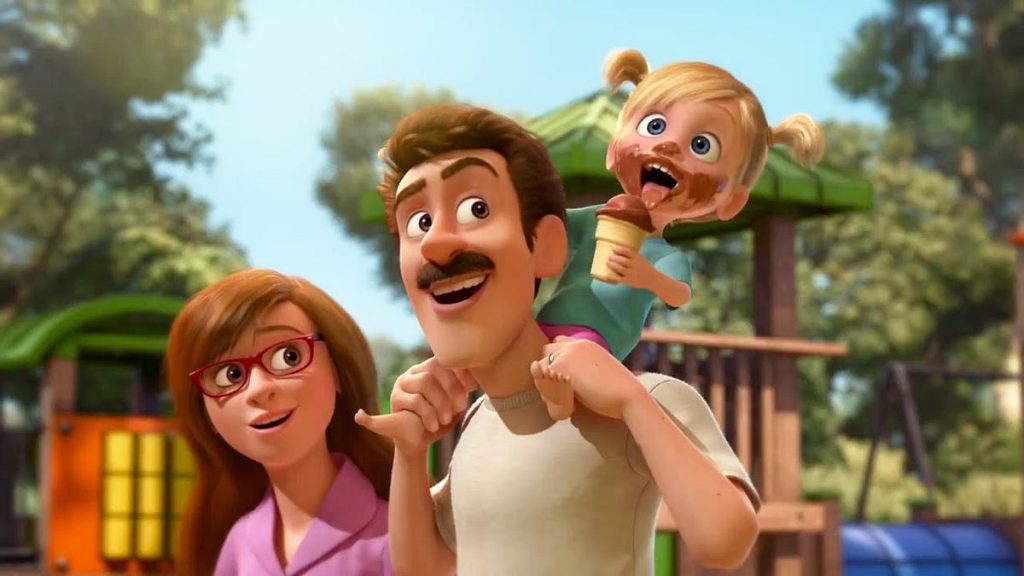
Change is a Part of Growing Up
“Inside Out” illustrates that change can be inevitable and it’s an essential part of life moving on. Riley’s family moving to a new city brings a huge change in her emotions. It shows that change can be tough, but it also provides us with opportunities to grow and experience new memories. As Riley learns to adapt to her new environment, that is when she can unlock new aspects of herself and her relationships with her loved ones. This message emphasizes the resilience of undergoing change and the ability to welcome new beginnings, although they come with a set of uncertainties.
Cherish Forgotten Friends
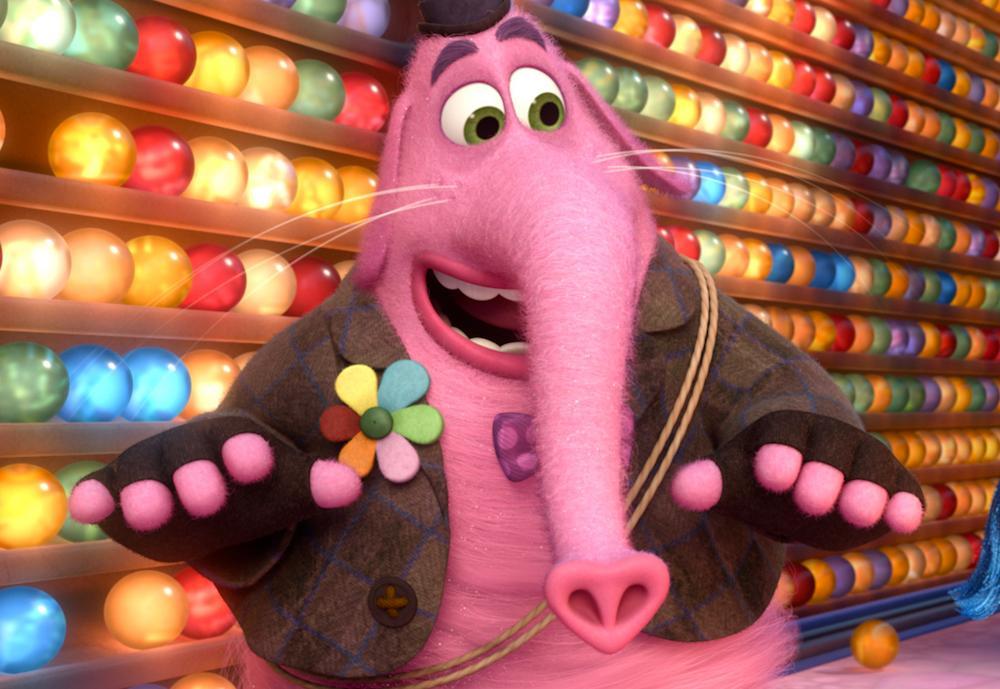
Bing Bong, Riley’s childhood imaginary buddy, represents the creativity and innocence of our childhood that we often forget as we grow. Bing Bong’s character in the film portrays the significance of remembering and cherishing the simple, small yet joyful parts of our past, especially childhood. His sacrifice to navigate Joy and Sadness back to headquarters shows the nature of growing older, a bittersweet phase which involves letting go of certain childhood aspects to embrace newness. This message reminds us to treasure and cherish seemingly insignificant memories of our past which helped to shape us into who we are in the present.
Memory and Emotion are Interconnected
“Inside Out” also emphasizes how memories and emotions are deeply intertwined with one another. The movie illustrates that Riley’s core memories are the ones which colour her personality. Her personality is influenced by the emotions she felt during the experiences in those memories. For instance, joyful memories pave towards her happiness, while sad memories contribute towards her empathy and emotional depth. This connection shapes how Riley perceives and recalls her life’s past events. Understanding this connection helps us, the audience to appreciate how our own emotions and memories interact with each other, sculpting our personal narratives; influencing our present and future actions and patterns.
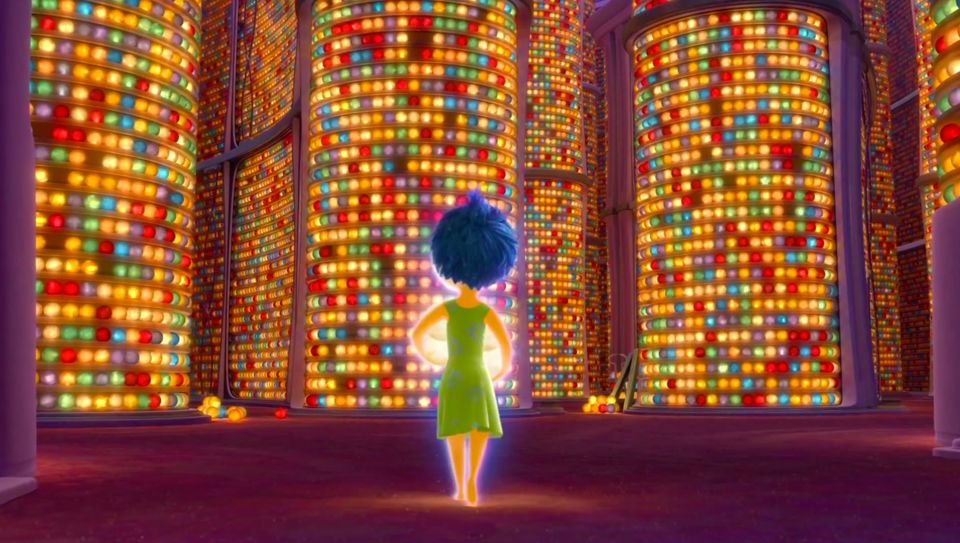
It Is Okay To Not Be Okay
In short, the Part 1 of the movie educates us about life through an engaging screenplay with sparkles of humour to entertain us. The movie shows the importance of embracing our authentic emotions as it has the power to do wonders in our life journey. It has also been beautifully portrayed in the movie that our emotions do not work alone, but they work alongside our other emotions to maintain balance.
As you have reached to this point of the blog, you may wonder "How can I achieve Emotional Balance?"
The first step towards achieving Emotional Balance will be to understand and manage our emotions in an effective manner. This can be attained with the help of a professional therapist. A professional therapist will further assist you in understanding the underlying reasons and exploring the unexplored emotions within you, leading towards a more emotionally balanced life.
Remember, it is okay to not be okay. Embracing our authentic selves and loving ourselves will lead us towards healing. If you have enjoyed reading this blog post, do consider sharing this with your friends so they can benefit as well. Do let us know how the movie impacted you in the comment box. Stay Safe. Take Care.
Reminder: Mental Health is a need, not a want!!!
“Healing starts when you learn to sit your emotions and embrace them for who they are instead of suppressing their existence.”
Shaundtrya Ganasan, Licensed Counselor (KB11097)
If you’re looking for a therapist in Kota Damansara or Ipoh area, you can click here for more information.
If you enjoyed reading this, why not broaden the horizon of knowledge by learning about "Inner Child Healing"? You can read the blog here.
For more content related to mental health do follow us on our official Instagram.

